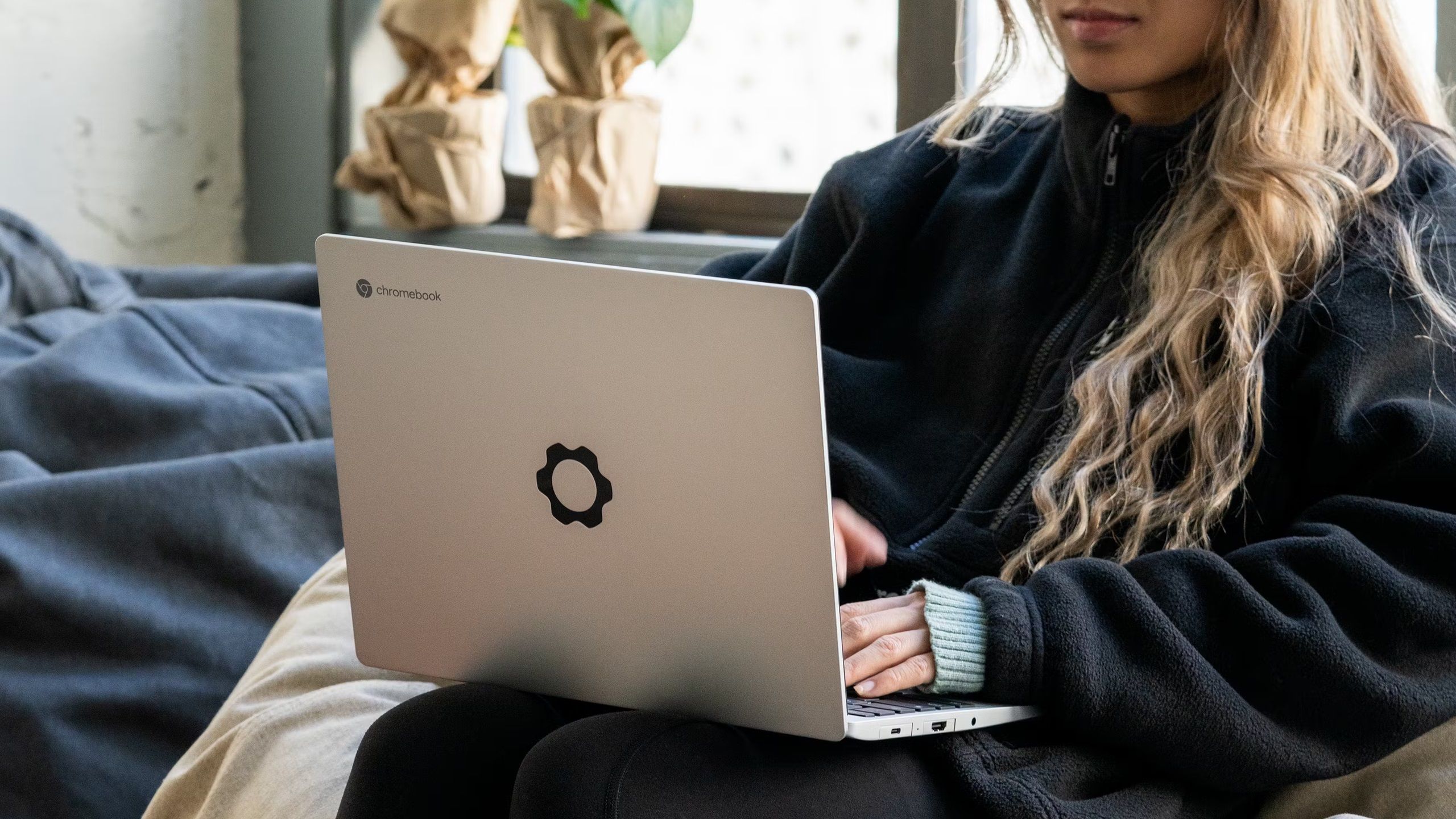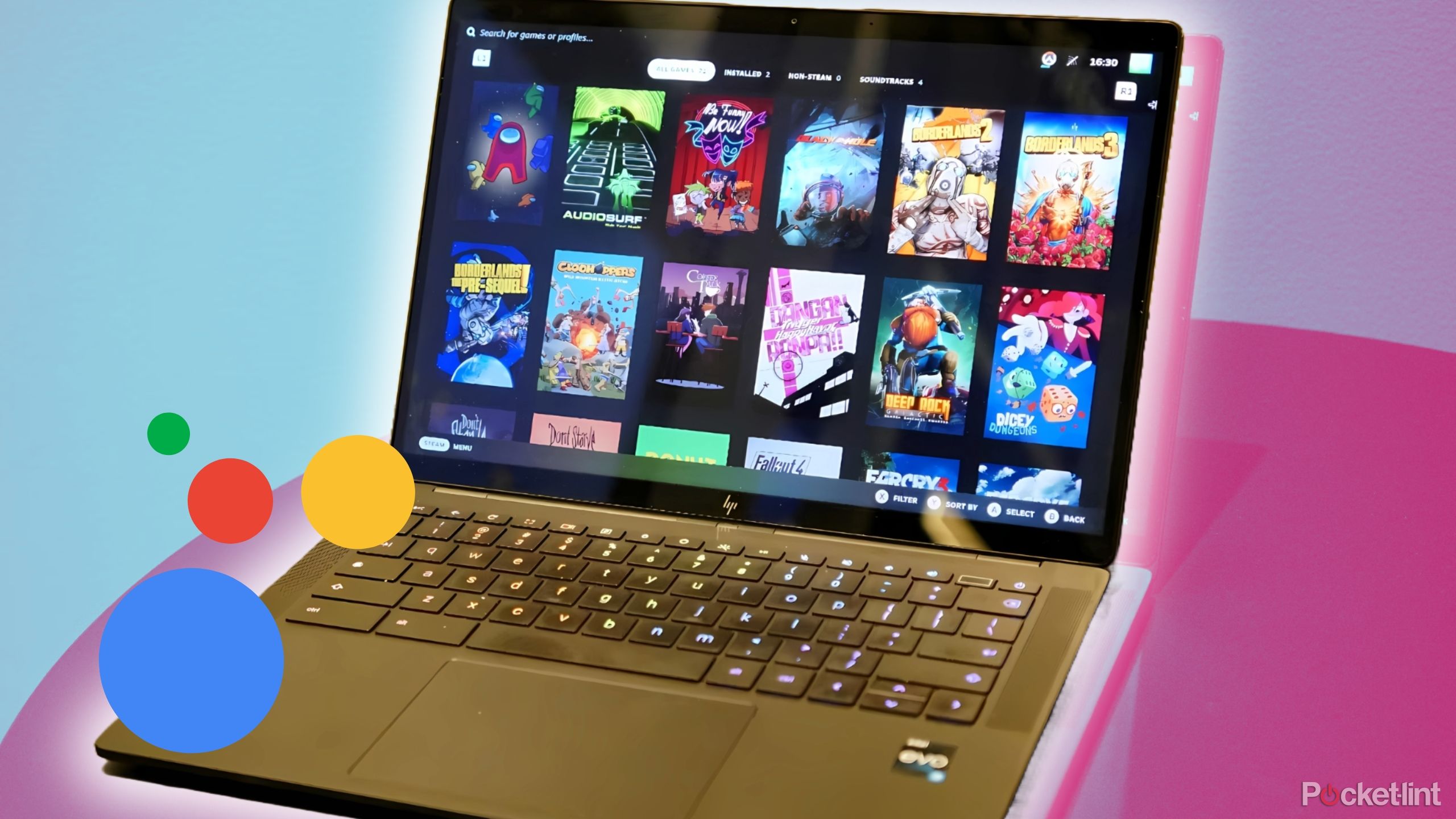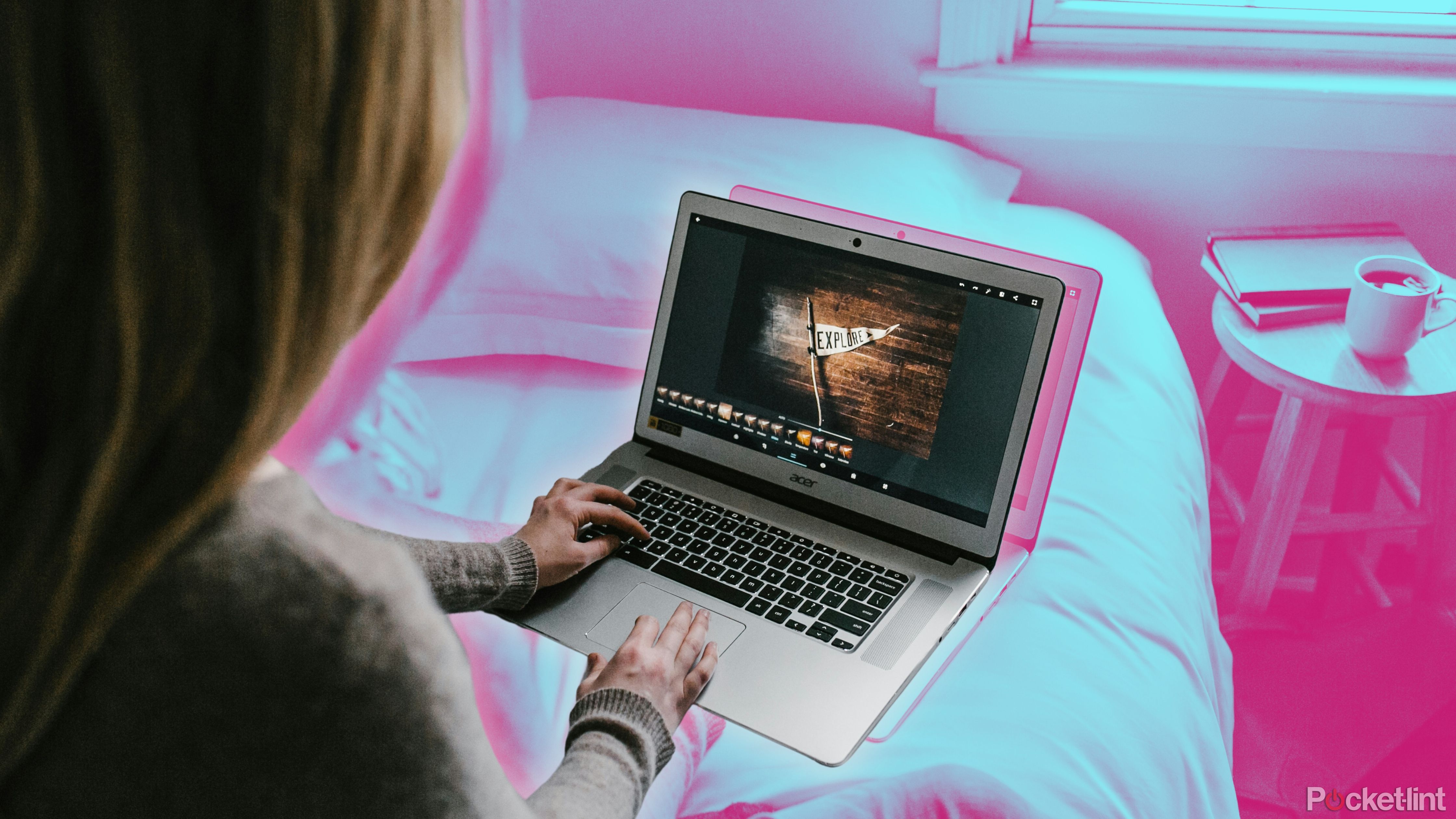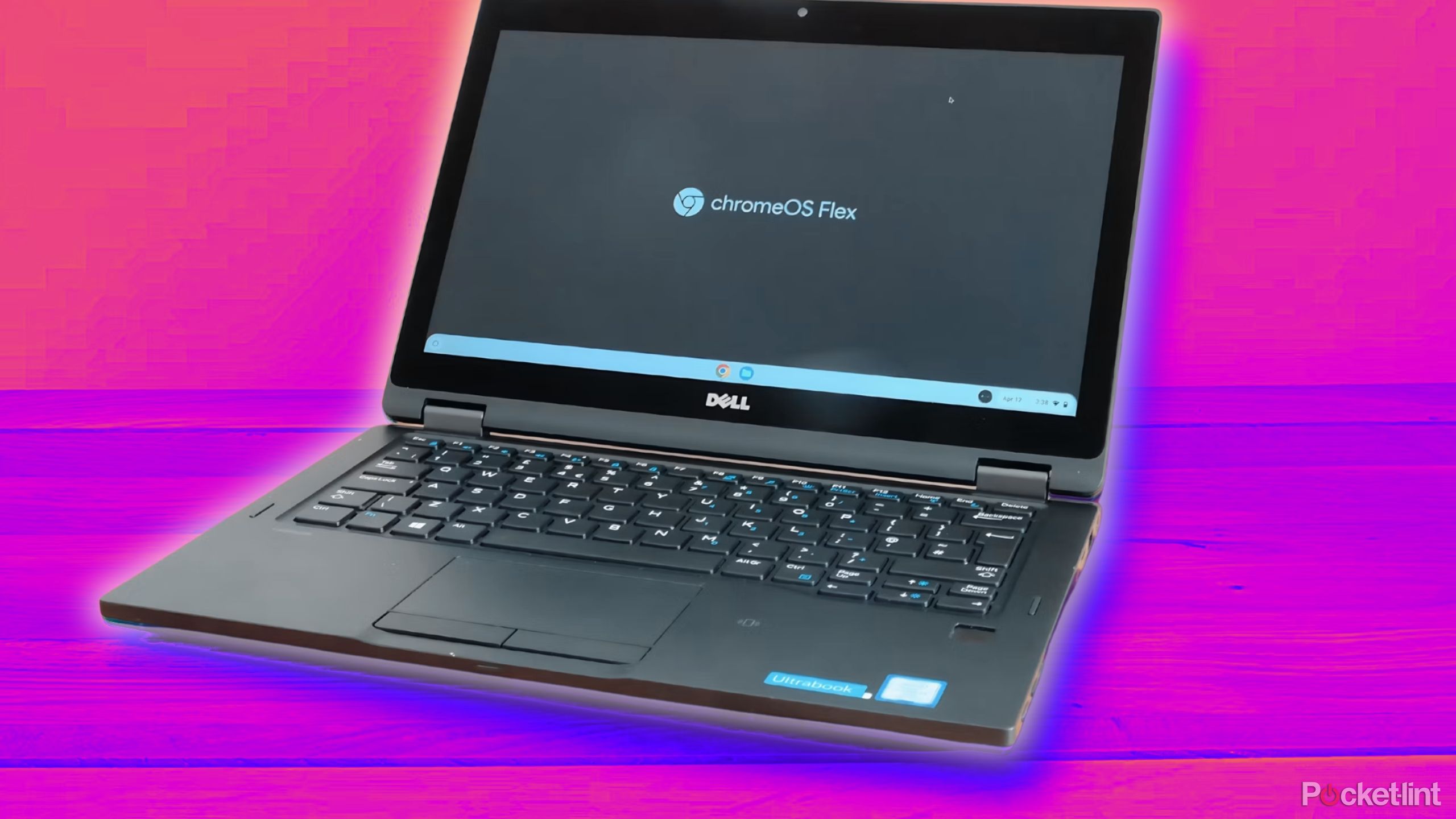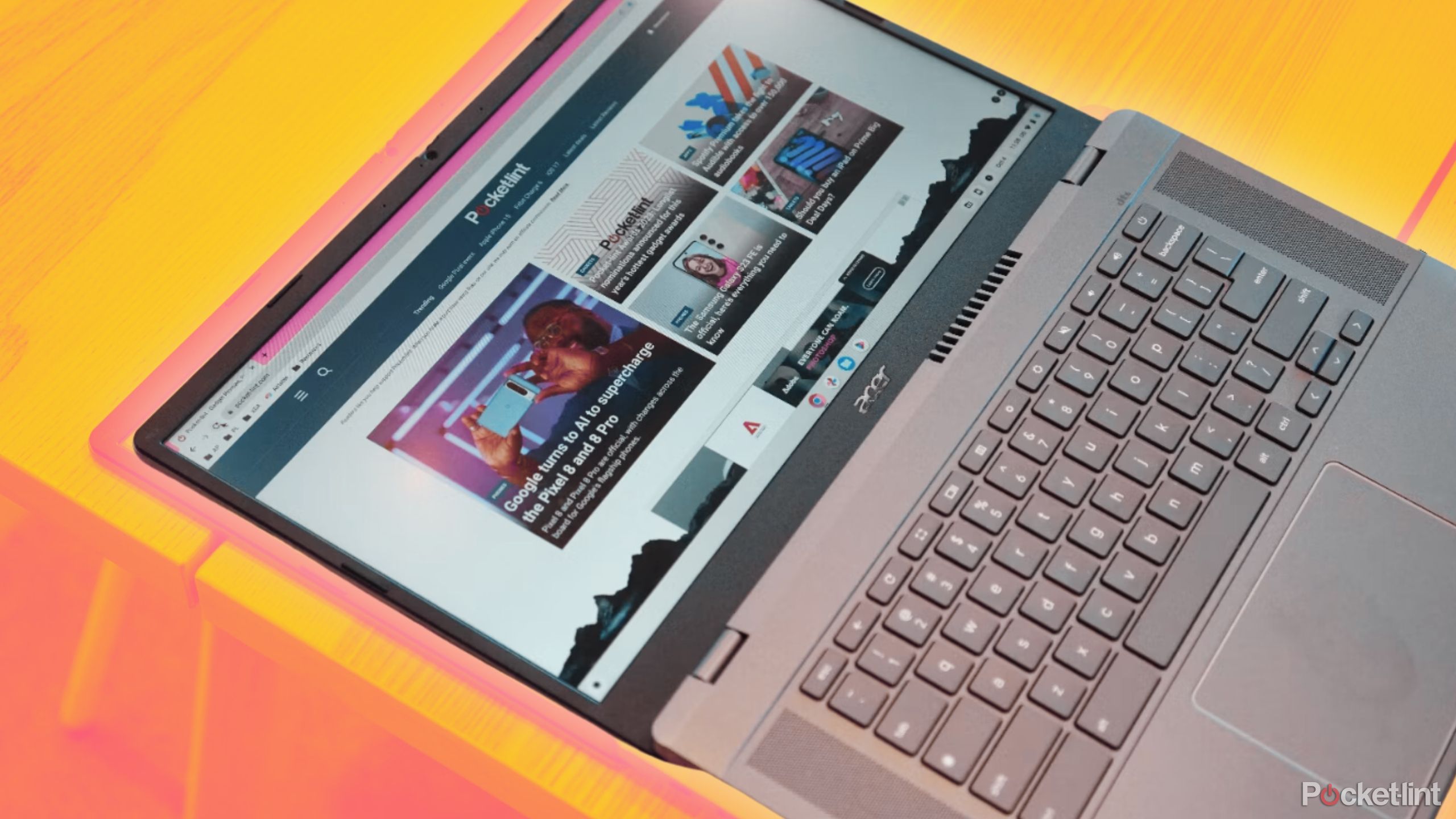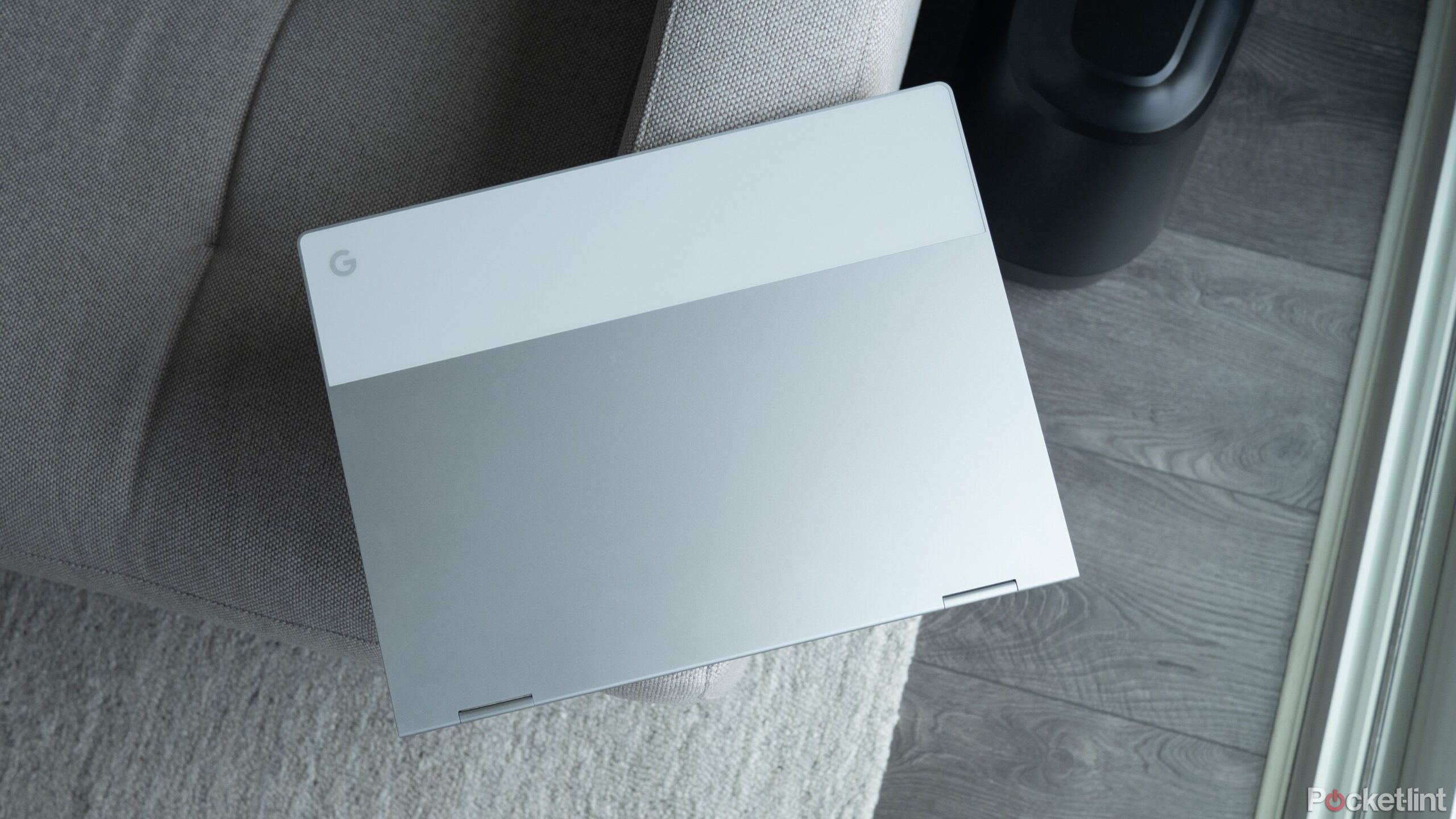
Key Takeaways
- Chromebooks offer reliable performance for studying thanks to their with fast boot times and excellent battery life.
- ChromeOS focuses on security with features like built-in virus protection and sandboxing.
- Chromebooks rely entirely on Google’s ecosystem of apps, including Docs and Sheets.
I’ve used Windows laptops for two decades, and they’ve always felt overly complicated, with ever-evolving updates and troubleshooting. Once I got my hands on my first Chromebook at Costco more than five years ago, everything changed. Chromebooks feature Chrome OS, Google’s web-based operating system that offers ultra-quick boot times. They also often feature ultra-lightweight designs that make them feel like the minimalist version of every Windows and Mac laptop I’ve ever used.
Here are five reasons why I think switching to a Chromebook might be the best decision for you.
1 ChromeOS and Google’s app ecosystem
Chromebooks offer seamless integration with Google apps
One of the best things about Chromebooks is their integration with Google’s ecosystem. If you’re a heavy user of Docs, Sheets, Slides, Drive, and more, Chromebooks allow automatic syncing across all devices. It doesn’t matter if you’re at work or on a plane — work will get done!
Plus, ChromeOS is very lightweight, with a nearly instant boot time (less than 10 seconds) and automatic background updates. The OS leans towards web-based applications with low memory requirements and automatic syncing when reconnecting to the internet. Thanks to their power efficiency, batteries last up to 12 hours on a single charge, making the Chromebook an all-day marathon runner compared to older Windows and Mac laptops with 2-3 hour run times.
2 Built like a brick
No bloatware, regular automatic security updates, and the list goes on
Do you hate installing third-party antivirus software? If so, Chromebooks solve that issue via ChromeOS, which offers built-in virus protection and sandboxing, a feature that isolates processes so they don’t spread threats, risks, and other hazards to other apps or the entire system. It’s all automatic, helping safeguard your laptop from malware and other hazards.
Another feature I appreciate are Chromebook’s regular automatic updates, which don’t require manual intervention.
Not to mention, Chromebooks come with no bloatware or pre-installed software that can lead to slowdowns. This is in contrast to Windows computers, which have unnecessary software like antivirus security trials, trial versions of Microsoft Office, Dropbox, or any of the dozens of OEM-branded utilities like Dell SupportAssist or HP JumpStart that no one has ever heard of or needed.
Another feature I appreciate are Chromebook’s regular automatic updates, which don’t require manual intervention. Rest assured that all security updates are up-to-date.
3 Intuitive user interface
Integrated Google search bar, minimalist design, and more
Another reason I enjoy Chromebooks is their user-friendly interface. They’re all about ease of use, with their intuitive launcher and taskbar operation. Like an app drawer, you can access virtually any application in as little as three seconds with a simple click or swipe. Users can also customize the taskbar, pinning their most frequently used apps for quick access.
Another Chromebook feature is its integrated Google search bar. With minimal effort, you can browse the web and quickly look up offline and online documents and other files.
Lastly, let’s not forget the Chromebook’s minimalist approach. Its entire desktop is clean with no outrageous icons, system resource clogging, or other unnecessary clutter that Android phones are known for. Rest assured, the Chromebook’s user interface is far from the cluttered Android experience.
4 Easy to setup and sync
Ultra-fast boot-up and setup
Andrew Neel / Unsplash / Pocket-lint
As mentioned, the Chromebook has ultra-fast boot-up times (less than 10 seconds in most cases). The initial setup process requires that users enter their Google account credentials, which automatically syncs all their data, including files, calendar notes, and much more, from ecosystem mainstays like Google Drive, Sheets, Slides, Gmail, and Calendar.
Not only can your Google services be synced, but your personal information, including bookmarks and browser settings, can also be synchronized. Apps and extensions downloaded from the Chrome Web Store will also sync once logged into your Google account.
Overall, the Chromebook offers a blazing-fast setup time and seamless synchronization of all your Google account information.
The same applies to Google Drive integration, where all files are automatically synced to your Chromebook file manager. You don’t have to manually download or use external hard drives to move files from point A to point B.
Overall, the Chromebook offers a blazing-fast setup time and seamless synchronization of all your Google account information.
5 Portability and battery life
Solid power management and quick boot time from sleep mode
One of the best things about Chromebooks is their lightweight design, with some models weighing as little as 2 lbs. They’re comparable to higher-end laptops like the MacBook Air or Dell XPS 13 and outshine other laptops weighing up to 6 lbs. Forget about gaming laptops, which usually hover between 5 and 7 lbs.
Besides ChromeOS being heavily cloud-based and relying on web-based apps, losing your Chromebook won’t be an issue. You can pick up a new one and sync all your files across different devices by simply logging into your Google account.
Its numerous algorithms manage background processes and apps to keep battery life strong and away from a wall outlet.
Chromebook users enjoy roughly 8 to 12 hours on a single charge. One of the main reasons is its ultra-efficient ChromeOS, which is very light on system resources. Plus, there’s only a 10-second boot time from sleep mode, getting users back to work quickly.
Let’s not forget about the Chromebook’s efficient power management. Its numerous algorithms manage background processes and apps to keep battery life strong and away from a wall outlet.
6 A word on cost
Order, ship, and set up without moving
Chromebooks typically cost up to $1200, depending on the model.
However, there are a few higher-end Chromebooks like the Google Pixelbook Go, ASUS Chromebook Flip C436, Acer Chromebook Spin 713, and the Samsung Galaxy Chromebook 2, which start at $549 and can go up to $1,399. Since they use high-end specs like Intel Core m3 to i7 processors and up to 256GB of SSD storage, it’s no surprise!
Compared to high-end laptops like the MacBook Air, which starts at $999, a Chromebook is an absolute steal.
If you’re ready to use a Chromebook thanks to its simplicity, reliance on Google’s ecosystem, and long battery life, the Chromebook is an excellent choice for your next laptop. Whether you’re a student or an average 9-to-5 employee looking for a trusted go-to device, Chromebooks offer all that and much more.
Trending Products

